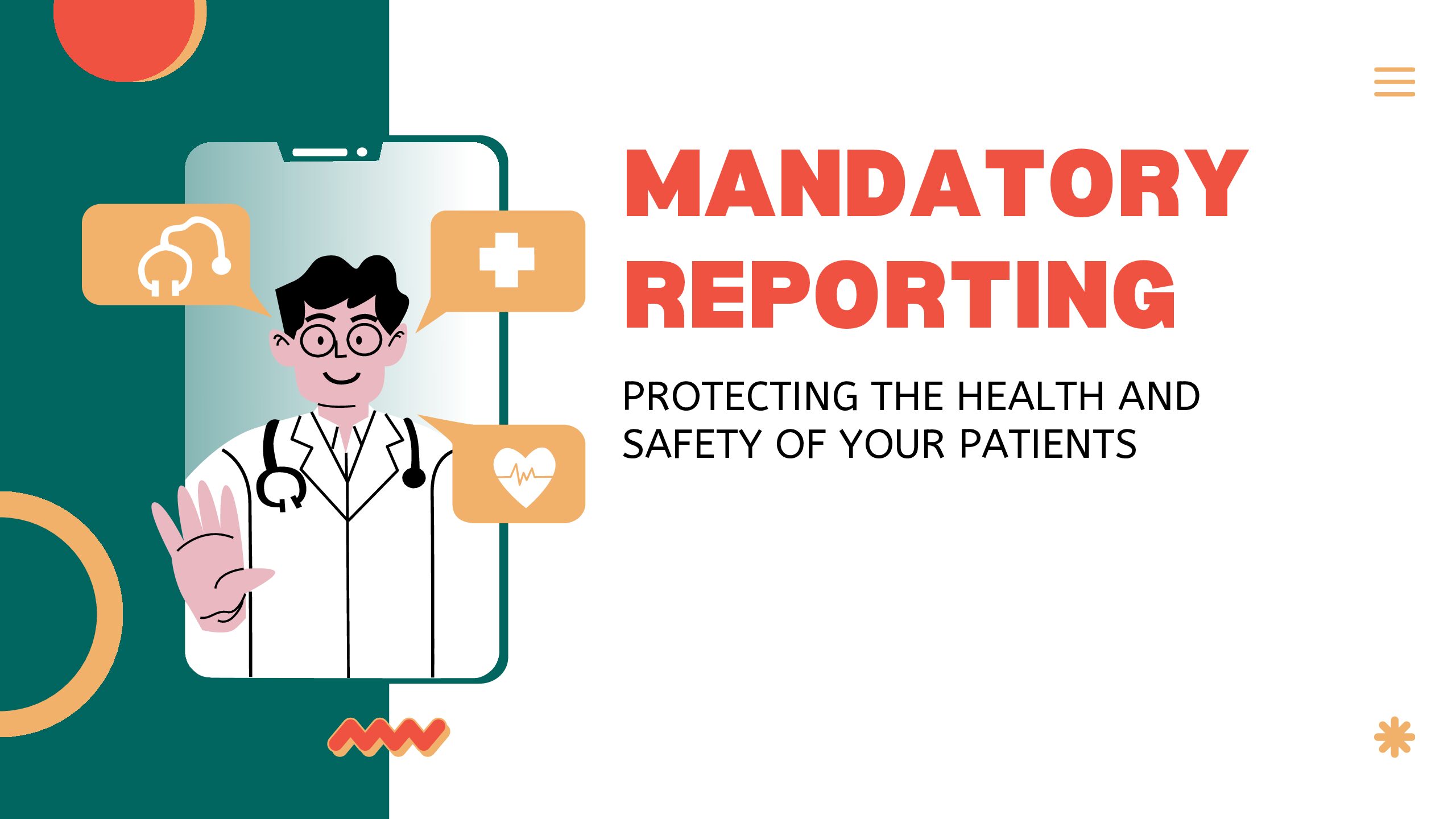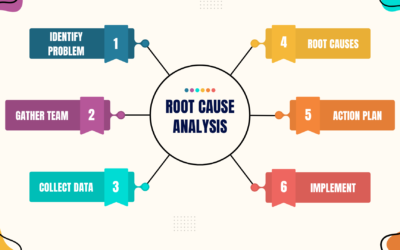People with terminal illness experience pain at the end of life and for many, this pain goes untreated. One of the key elements of hospice care is effectively managing the patient’s pain. Untreated or undertreated pain results in needless suffering – due to physical pain and mental distress. However, family caregivers often have a difficult time assessing their loved one’s pain. Further, they are often concerned with side effects of pain medications, including concerns of addiction to or tolerance of pain medications. Further, both patients and family caregivers often have trouble communication with the hospice team the degree and nature of pain that the patient is experiencing. This often leads to ineffective pain management and needless suffering in end-of-life.
What are some considerations when giving pain medication?
Respect
Respect the patient’s wishes regarding pain management. Understanding a patient’s goals and values guides the care team in providing personalized and compassionate care.
Consult
Pain medication decisions are made in consultation with the patient, considering their preferences, values, and goals for care.
Collaborate
The hospice team includes the primary physician, medical director, nurse, social worker, chaplain, hospice aide, caregivers, and patient. Everyone works together to create the right plan.
How should pain medication be administered and monitored?
Individualized and Regular Assessment
Pain medicine is administered based on individualized assessments of the patient’s pain levels. Regular assessments of pain are important for managing pain and ensuring the plan remains effective.
Address pain early
Addressing pain before it becomes too severe can contribute to more effective pain control and improved quality of life.
Communication
Encourage patients to communicate openly about their pain levels. This information is crucial for healthcare providers to make informed decisions about medication adjustments. Regular communication between caregivers and healthcare providers ensures an accurate understanding about the patient’s pain.
Low dose pain medicine
It is preferable to initiate low-dose medication to maintain alertness and minimize potential side effects.
Titration
Titrate pain medication up as needed, to achieve optimal pain relief. Regular assessments guide the titration process ensuring the right balance between pain control and functionality. Often a long-acting pain medication is given coupled with a breakthrough pain medication, if needed, to keep pain at or below goal level.
Timely administration
Administer pain medicine in a timely manner, adhering to the prescribed schedule. Consistent dosing helps maintain a baseline level of comfort.
Pain log
Use a pain log to track pain levels, related factors, what medicine was given, dosage of medication, and time medication was given.
Education
The hospice team should educate the patient and caregivers on the use of pain medication, including dosage, timing, and potential side effects.
Monitor
Monitor for potential side effects of pain medication and collaborate with the healthcare team to address any concerns. This includes a careful assessment of the patient’s overall well being.
Consider a holistic approach to pain management
Many hospice agencies advocate for a holistic approach to pain management, including physical, emotional, and spiritual care. Alongside pain medications, this involves exploring and integrating non-pharmacological interventions such as massage, music therapy, aromatherapy, and relaxation techniques for a more comprehensive approach to pain relief.





This is an amazing page. The outstanding information reveals the owner’s accountability. I’m in awe and eagerly await more amazing postings like this one.